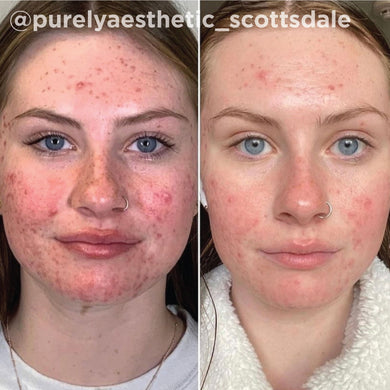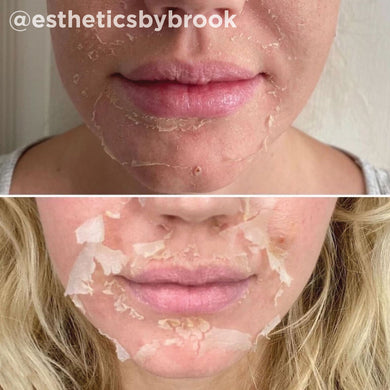Education
The Fitzpatrick scale (also Fitzpatrick skin typing test; or Fitzpatrick phototyping scale) is a numerical classification schema for human skin color. It was developed in 1975 by Thomas B. Fitzpatrick as a way to estimate the response of different types of skin to ultraviolet (UV) light.[2] It was initially developed on the basis of skin color to measure the correct dose of UVA for PUVA therapy, and when the initial testing based only on hair and eye colour resulted in too high UVA doses for some, it was altered to be based on the patient's reports of how their skin responds to the sun; it was also extended to a wider range of skin types.[3][4][5] The Fitzpatrick scale remains a recognized tool for dermatological research into human skin pigmentation.
The following list shows the six categories of the Fitzpatrick scale in relation to the 36 categories of the older von Luschan scale (in parenthesis):[6][7]
- Type I (scores 0–6) always burns, never tans (palest; freckles).
- Type II (scores 7–13) usually burns, tans minimally
- Type III (scores 14–20) sometimes mild burn, tans uniformly
- Type IV (scores 21–27) burns minimally, always tans well (moderate brown)
- Type V (scores 28–34) very rarely burns, tans very easily (dark brown)
- Type VI (scores 35–36) never burns (deeply pigmented dark brown to darkest brown)

The dermis or corium is a layer of skin between the epidermis (with which it makes up the cutis) and subcutaneous tissues, that primarily consists of dense irregular connective tissue and cushions the body from stress and strain. It is divided into two layers, the superficial area adjacent to the epidermis called the papillary region and a deep thicker area known as the reticular dermis.[1] The dermis is tightly connected to the epidermis through a basement membrane. Structural components of the dermis are collagen, elastic fibers, and extrafibrillar matrix.[2] It also contains mechanoreceptors that provide the sense of touch and thermoreceptors that provide the sense of heat. In addition, hair follicles, sweat glands, sebaceous glands (oil glands), apocrine glands, lymphatic vessels, nerves and blood vessels are present in the dermis. Those blood vessels provide nourishment and waste removal for both dermal and epidermal cells.









